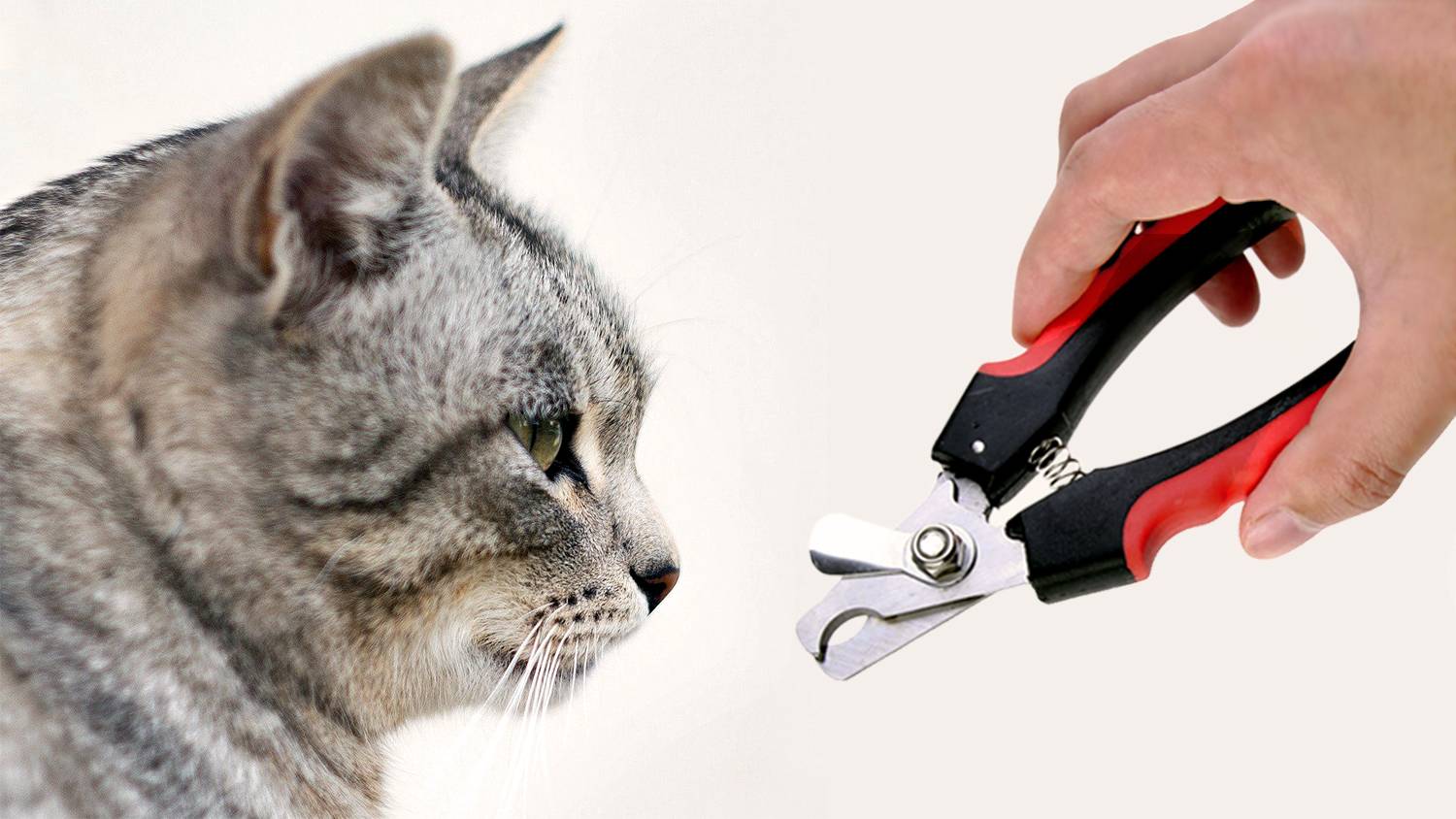Any pet is an object of attention and attraction in the home. Both the cat and the dog are the same small children who require care for themselves. Owners have to take care of their hygiene, including claw trimming and read https://telegram-store.com/catalog/product-category/channels/animals.
Cats, at the level of genetics and instinct, intentionally trim their claws through different surfaces, which is a big problem. Since home is not a wilderness environment, we have to look for alternatives to trees or shrubs for clawing. Cats’ eyes fall on upholstered furniture or walls. To prevent property damage, cat owners trim their pets’ claws. In addition, claw trimming will help avoid cuts and injuries during playtime. A claw clipper can help with this. What is it and how does it work?
Types of claw clippers
There are standardly three different types of claw claws. Their differences consist of both size and capabilities. Here’s a brief description of each type:
- Guillotine type. This type is a kind of descendant of the special execution tool of the Middle Ages. The owner needs to place the cat’s claw in a specialized hole and, running the blade, cut off the nail. This device is best suited for adult cats.The main disadvantage is the poor visibility of the cat when trimming the claw. There is a possibility of injury.
- Scissor type. This claw cutter is very similar to the manicure scissors, which every housewife has in the house. It is equipped with special blades that can quickly and safely trim the claw. The chance of injuring your pet is reduced to zero.
- Claw clipper. While the scissor type is close to nail clippers, the claw clipper is obviously very similar to a regular pruner. The handles are often rubberized, which makes using the accessory extremely comfortable. Equipped with such a claw clipper with a special limiter, which makes it possible to measure the length of the claw to be cut. Risks of injury are minimal.
When choosing an accessory, pay attention to the age of the cat and your own skills.
How to trim claws in cats?

There are a few simple tips:
- You need to train your pet to trim its claws from childhood.
- Choose a time when the cat is quiet.
- Be friendly.
- If the pet is not happy, call for a helper.
- Treat the claw trimmer and hands with alcohol before trimming.
- Prepare his paws, bring the claws out.
- Carefully cut off one claw after another.
- When you have finished trimming, reward your pet with a treat.
- Treat wounds in case of injury.
